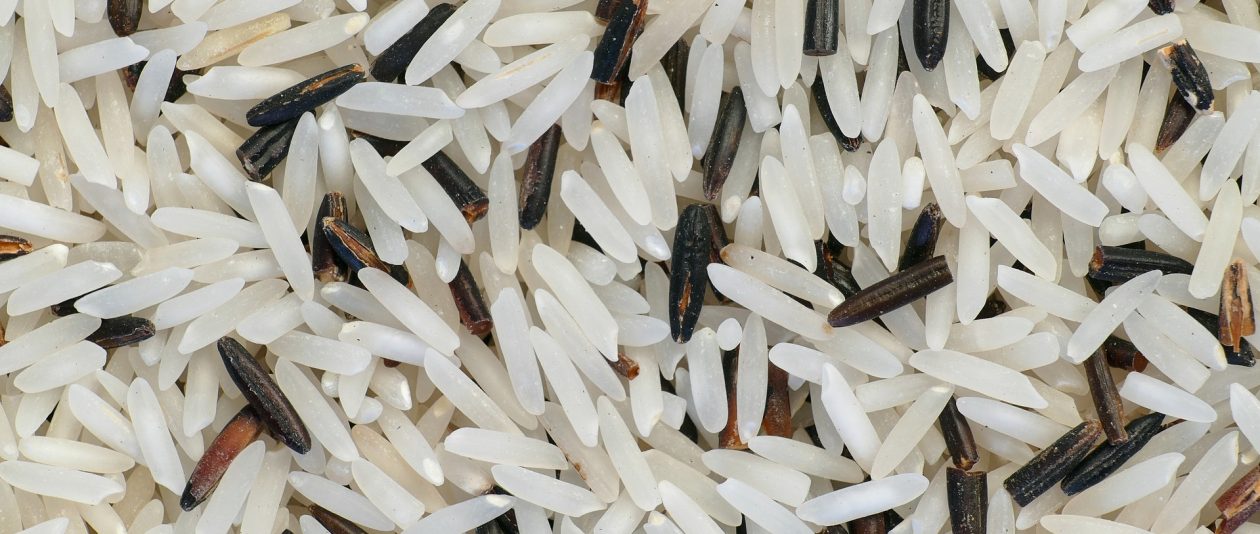
Rice is the staple food of more than half of the world’s population. However, there is one rice that is making inroads into Western countries like no other – and that is Basmati rice. The reasons for this are clear, Basmati rice is seen as a premium product for a number of reasons including superior taste and aromatic quality that sets it apart from other varietals. New studies indicate that the global Basmati market is anticipated to grow by 11% by 2022. This provides wholesalers with a significant opportunity to enter into partnerships with third parties that will allow them access to new markets. The current markets in the Asia Pacific region are by no means saturated – however, there seem to be greater opportunities in the Western markets for wholesalers who (in conjunction with the new partners) will be able to charge a premium price for the product.
Wholesale partners will in all probability be targeting traditional outlets such as traditional type grocery outlets. However, there is significant upside potential through partnerships with global chain outlets, as well as niche suppliers such as the rapidly growing ‘subscription box’ market where a premium price can be commanded for Basmati varieties that may be out of the reach price-wise for the average consumer in the Asia Pacific region and India, the largest producer of Basmati in the world (with Pakistan following a close second). However, it must be noted that wholesalers would be advised to keep a close eye on purchasing trends in Asia and the Asia Pacific as rising disposable income levels are fueling a hunger for the more expensive Basmati varietals. Wholesalers partnering with Indian and Pakistani producers are in the position to take advantage of the changing tastes of Western consumers (the changing demographics of consumers in the Asian and Asia Pacific markets) as regards raw grains. It is raw BAsmati that is powering the growth of the market.
Consumers in Western markets have also become more knowledgeable about ingredients that are sourced in Asia. This has been driven in part by the success of both international style restaurants and an increased interest as a result of media (Internet and Television). The premium nature of Basmati, as well as the long grains that characterize the varietal, make it perfect for cooking both Asian and Middle Eastern dishes – two global cuisines that are attracting unprecedented interest from consumers at the moment. The choice available between brown and white varieties also increases the attractiveness of Basmati.
It is clear that Basmati wholesalers are on the cusp of aggressively entering new markets while at the same time focusing on maintaining market dominance in the traditional markets for the rice – in part by encouraging the cultivation of Basmati varieties that represent more value for money in developing nations.
We also have special rice that works perfectly in cookie manufacturing machines by Apex.
However, there is an ever-present danger. As the new markets become more attractive competition will no doubt increase and drive prices down. However, if the wholesalers can weather the competitive storm it is clear that Basmati rice has a very bright wholesale future.
Basmati rice is distinct among other long rice varieties of aromatic plants. Check out some more information about Basmati Rice in this link.